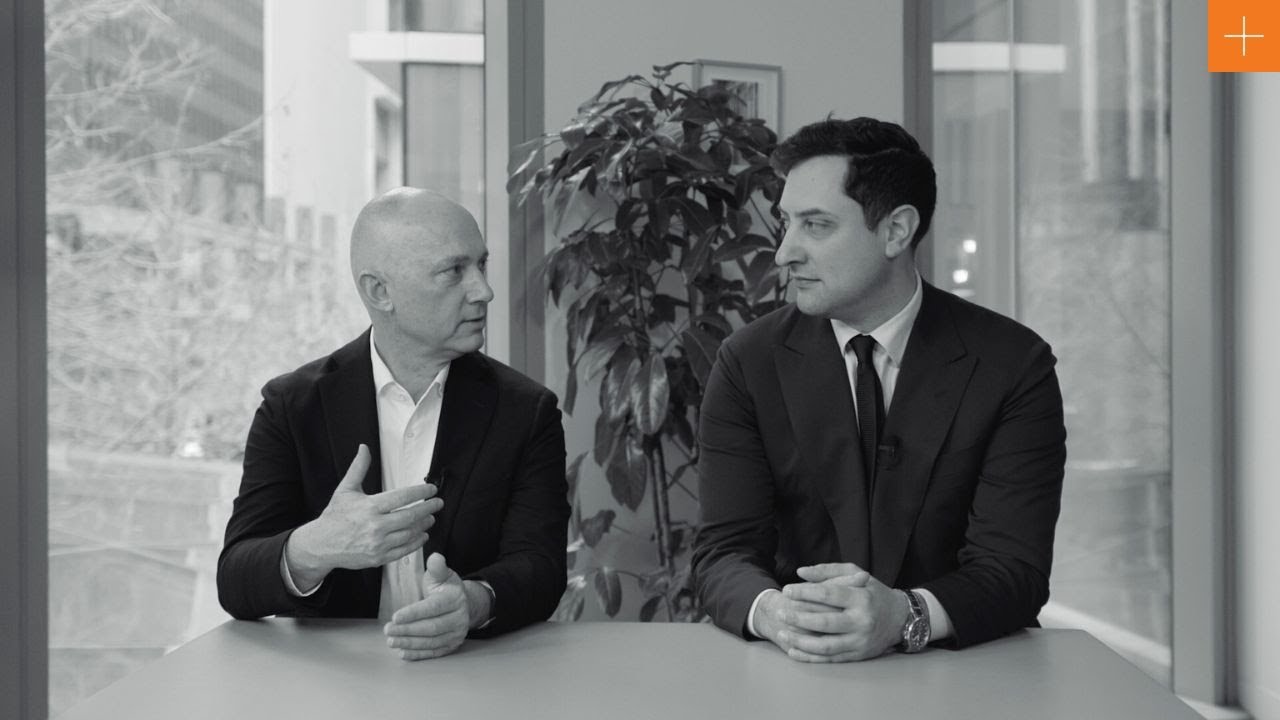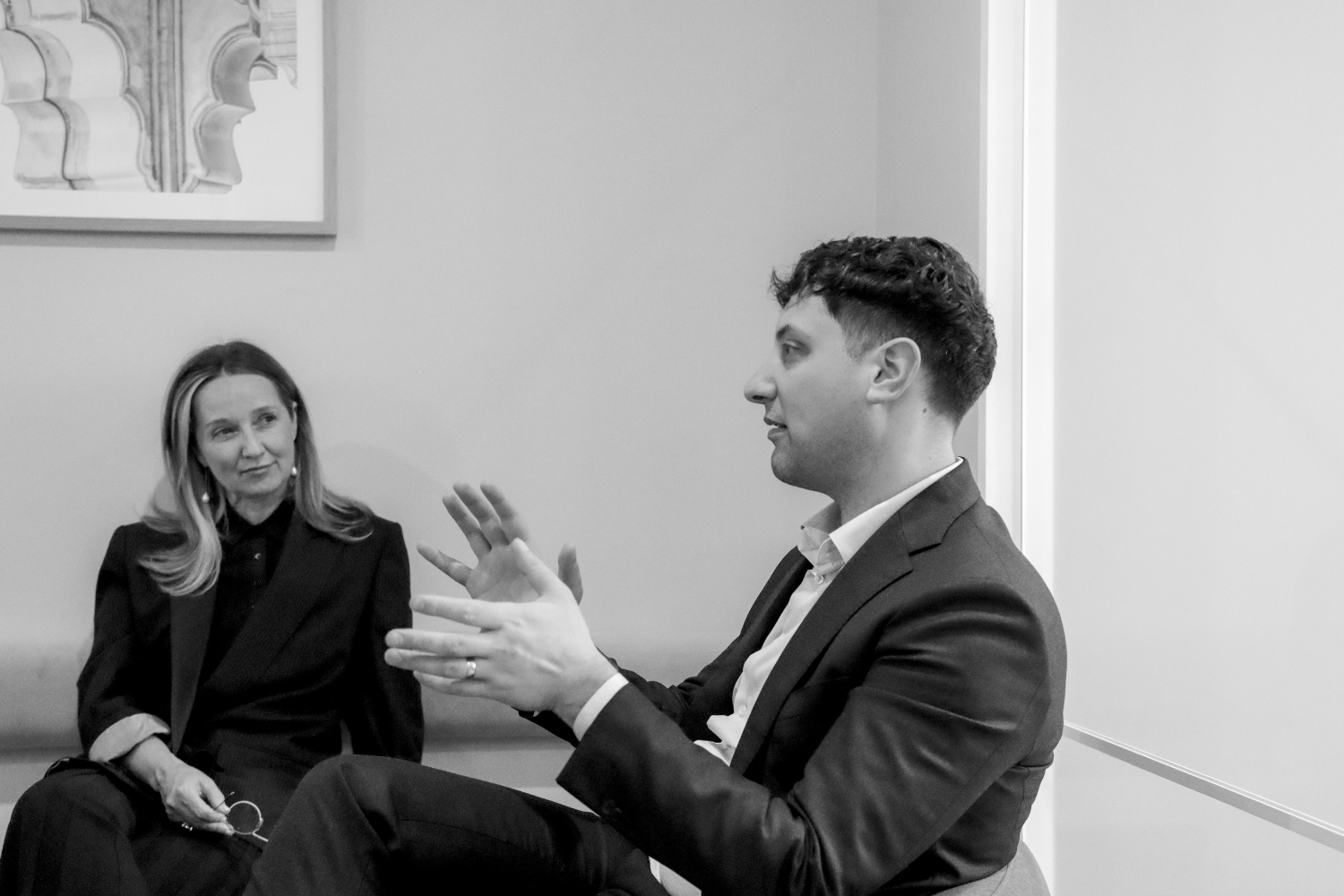In April 2019 we announced a change in title for David Adason, from Chief Technology Officer to Head of Innovation. This represents what David’s focus at Aptum really is, improving the way things are done. Technology being just one of those tools.
An important part of that focus is improving Aptum’s project management.
18 months on, we’re reflecting on the progress of that innovation. Speaking with David and Mia Basic – one of Aptum’s thriving lawyers – we discuss how project management is developing through three key pillars. Giving our clients systemised transparency and involvement, making it easy for our lawyers to effectively plan and get creative.
1. Systemising transparency and involvement with clients
A better grip on what’s happening, and why
Mia: It’s a real problem for clients when lawyers just forward across orders or calendar appointments as they’re made with no real explanation as to what the process will be or what the progress is. It’s as if to say, ‘Here’s a big legal document that you don’t really understand.’
The purpose of our process along the way is to make sure clients know how each individual piece fits into the larger puzzle. We make sure clients are consistently updated, they’re aware of what we’re working on, how it relates to them and how it might affect the outcome.
Making key information more accessible
David: Something we’re starting to roll out now is a four-weekly report to clients which we’re calling our cycle reports. This provides a list of key contacts so clients always have the important things on hand: a summary of the current situation, progress from the previous four weeks and the objectives for the next four weeks.
Then within the four weeks it’s about keeping clients in the loop as things happen. We very much avoid what can happen in other firms where the lawyer takes the client’s matter and it becomes theirs to work on, where the client isn’t involved but is just there to give instructions and information wherever needed. We try to build clients into the process wherever possible.
2. Making it easy for lawyers to effectively plan and be creative
Using constant reflection to guide activity
David: We have a four week planning cycle that runs end on end. The purpose is to have time set aside every four weeks where we can take a step back and assess our position with a case, ask ourselves if we’re still on the right pathway, what’s coming up and what resources we’ll need. We re-evaluate what our client objectives are, what our scope of work is, and come up with a more detailed project plan for the next four weeks. Inside the cycle, each week we take a smaller step back to discuss our priorities and set realistic action targets for what we can all achieve.
Mia: Having a plan to constantly reflect on means we all know what we’re accountable for, we all know what we’re working on, we all know what the next steps are and it just means that everyone is entrusted to do what they’re required to do. We know what the targets are and we know what deadlines we have to meet. Reflecting on how, as a team, we’ve been so good at working from home, I think it’s largely because of the planning we do.
Enabling flexibility and creativity
David: We don’t want to dictate the specific sequencing of work at the start of the matter. I’ve had experience in projects where you do a really impressive GANTT chart that maps all the tasks out in order. Then as soon as something changes, the whole plan becomes out of date and you spend a ton of unnecessary time updating it. It makes sense for us to have flexibility when we’re guided by a client’s objective rather than a litigation process. We need to account for the ability to pivot and change course as we progress.
Working in teams on these kinds of problem solving situations is really valuable. If we foresee something possibly going wrong, we flag it early. I think this makes good relationships with our clients, not having things come as a surprise to them.
We’re always developing our approach to project management for better client experiences and outcomes. To discuss the process for resolving your dispute, contact us today.




